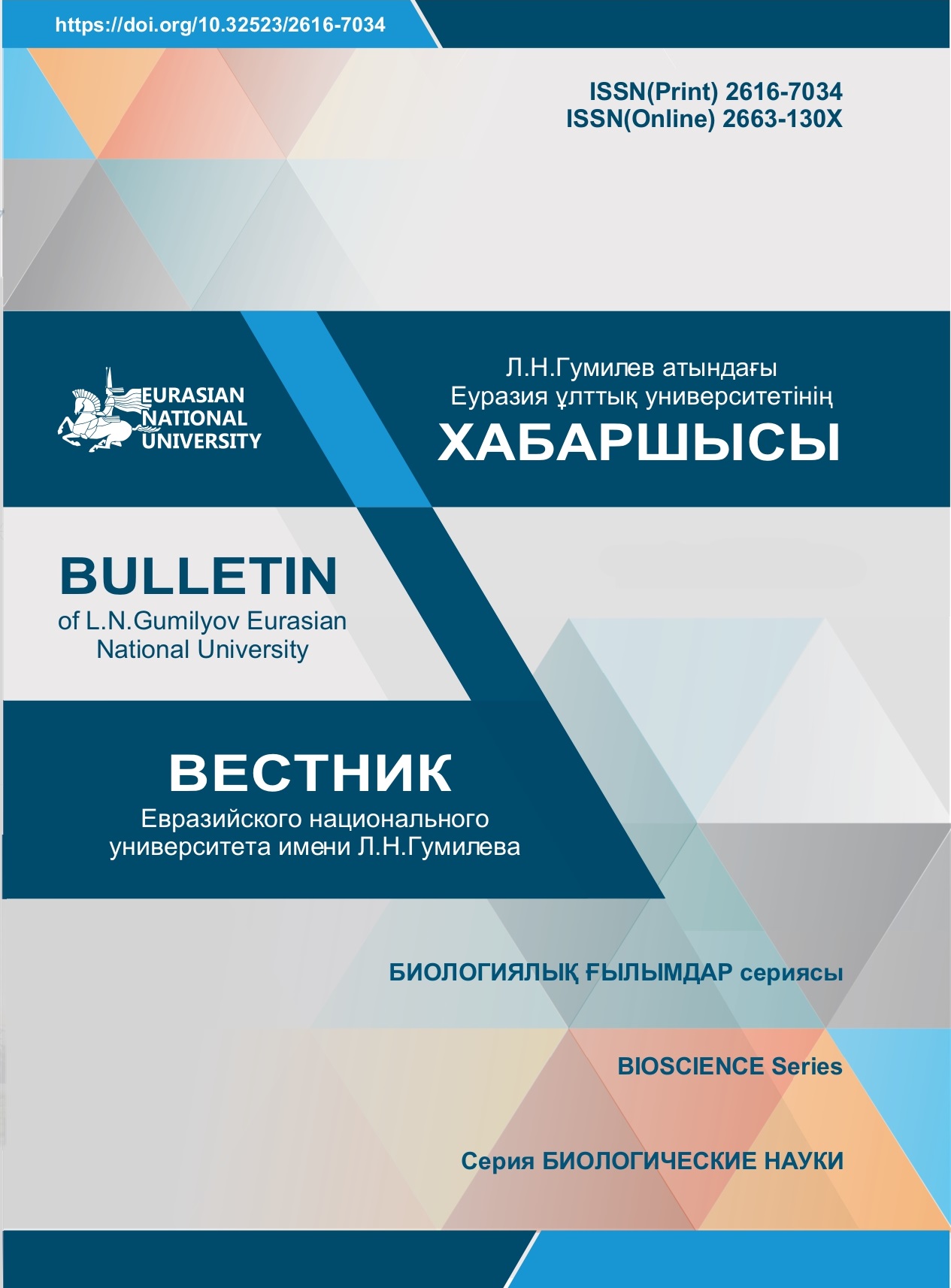Study of acute toxicity and cumulative activity of polyphenolic powders derived from pomegranate peel and grape seed waste
Views: 297 / PDF downloads: 241
Keywords:
biowaste, pomegranate peel, grape seed, polyphenolic powders, acute toxicity, cumulative activityAbstract
This article presents studies to determine the acute toxicity and cumulative activity of polyphenolic powders derived from pomegranate peel and grape seed. When administered intragastrically to mice in doses from 500 to 2000 mg/kg, no acute toxicity was detected, no animal death was observed, and no deviations from the norm in other external parameters were observed. The study of acute toxicity of the preparations of polyphenolic powders from (PPPP) and polyphenolic powders derived from grape seed (PPGS) showed that they belong to the V class of chemical compounds (practically non-toxic) according to the OEC classification, the LD50 on mice was -˃2000 mg/kg. The preparations belong to the group with average and weak cumulative properties. These polyphenolic powders with high biological activity were obtained from food waste in Turkestan region, such as pomegranate peel and grape seeds. In recent years, there has been an active search for plant sources for bioactive compounds, and among the widely consumed fruits, which are considered an excellent source of polyphenols, and in relation to the use of industrial waste, pomegranate and grape fruits, are the leaders. The appropriateness of their use for human consumption was confirmed by the low level of risks in terms of the absence of toxicity and pronounced cumulative actions in these preparations.








